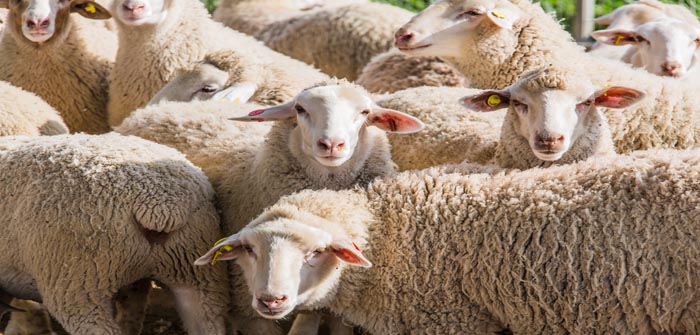Speaking on behalf of SCOPS, Lesley Stubbings said: “Constructive discussions between Zoetis and SCOPS agreed that the priority must be to preserve moxidectin both as an anthelmintic for worms and a treatment for sheep scab. In order to do this, the sheep industry must prescribe moxidectin responsibly, by applying the SCOPS principles.
“In practice, this means sheep farmers working with whoever prescribes their anthelmintic, be it their vet or SQP, to avoid over and/or unnecessary use of moxidectin, ensuring the treatment is always given at the right dose rate and administered correctly and allowing some worms to remain unexposed to the treatment.”
SCOPS has reminded prescribers of its principles:
- Year on year use of moxidectin in ewes around lambing is unadvisable in any flock. Simply rotating with other wormer groups within a season is not enough.
- If ewes are treated with moxidectin, some must be left untreated. It is essential to leave at least one in 10 of the ewes untreated (and preferably more than that) and these need to be spread between different grazing mobs. It is not enough to simply leave singles as they may be grazed in separate fields to twins. Use body condition as a guide with the fittest ewes left untreated.
- Moxidectin 2% should not be used more than once in any flock in any one year. In practice this means that if moxidectin 2% is used in ewes at lambing then moxidectin should not be used again in that flock in the same season.
- Where moxidectin 2% has been used in ewes to suppress the spring rise then it should not be used to treat sheep scab (or vice versa). An OP plunge dip is an appropriate alternative to treat scab.
- Check the dose rate and administration method. Underdosing remains a major risk factor in the development of anthelmintic resistance. Sheep farmers should know the weight of their sheep and dose to the heaviest (if a wide range of weights is expected, batch and dose accordingly). The correct technique for administration and maintenance / calibration of equipment is also vital.
Ms Stubbings added: “SCOPS is also very pleased to have agreed with Zoetis that further work is required in this area – specifically assessment of the risk posed by the passing of moxidectin from lactating ewes to their lambs via milk – and also the possible role of moxidectin 2% in slowing the development of anthelmintic resistance to other molecules.
“Both of these are very important, and we hope both areas of work can be progressed positively.”


